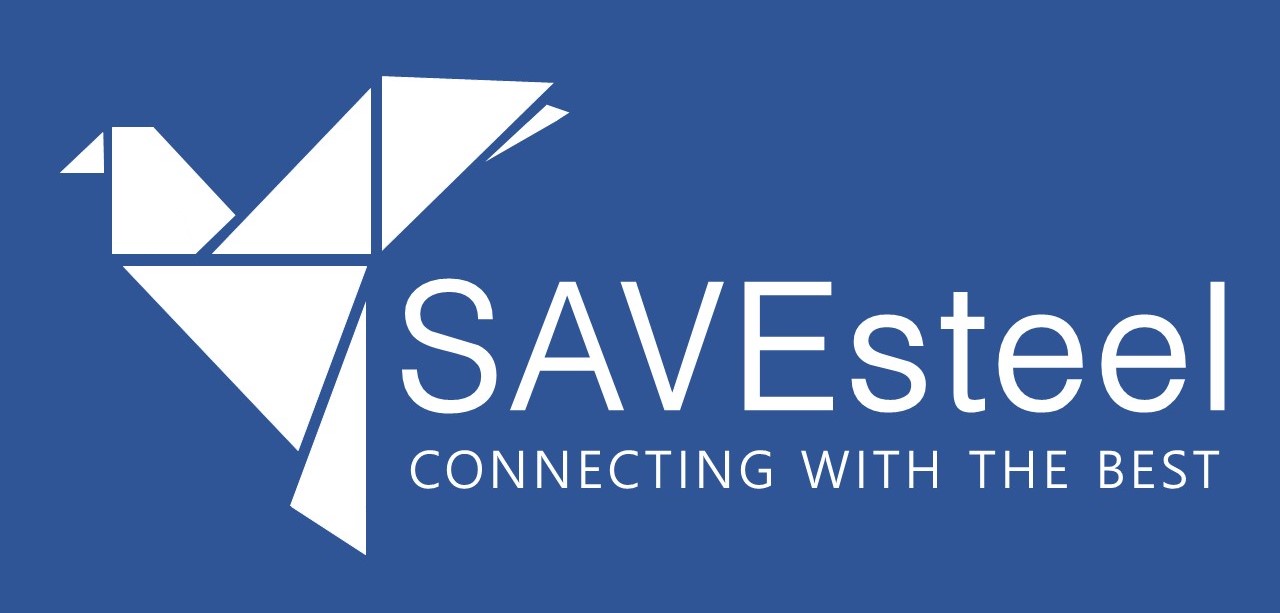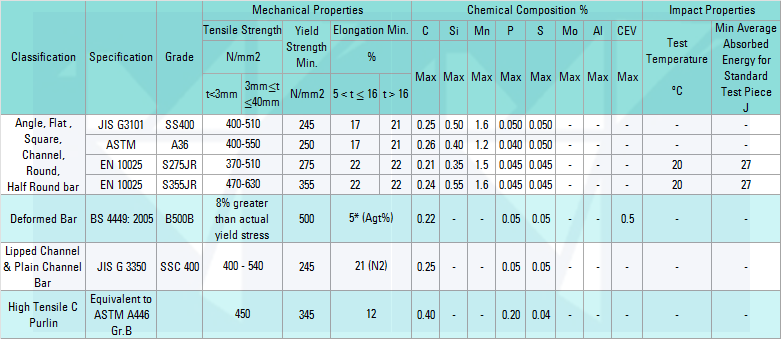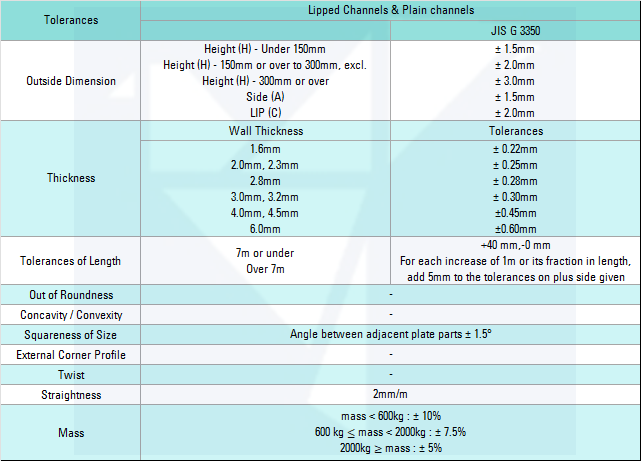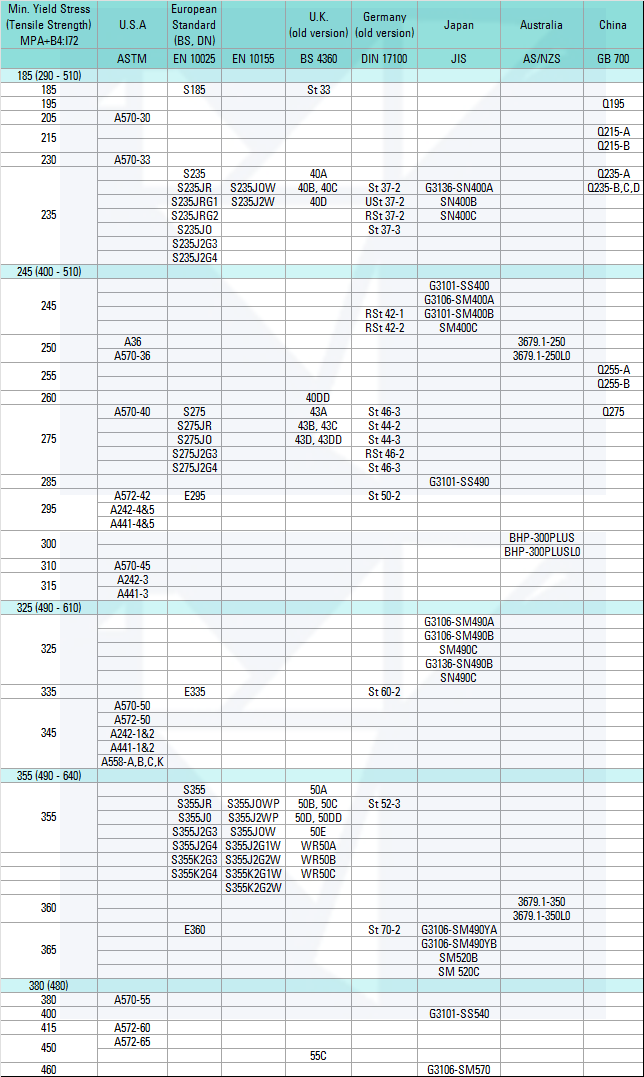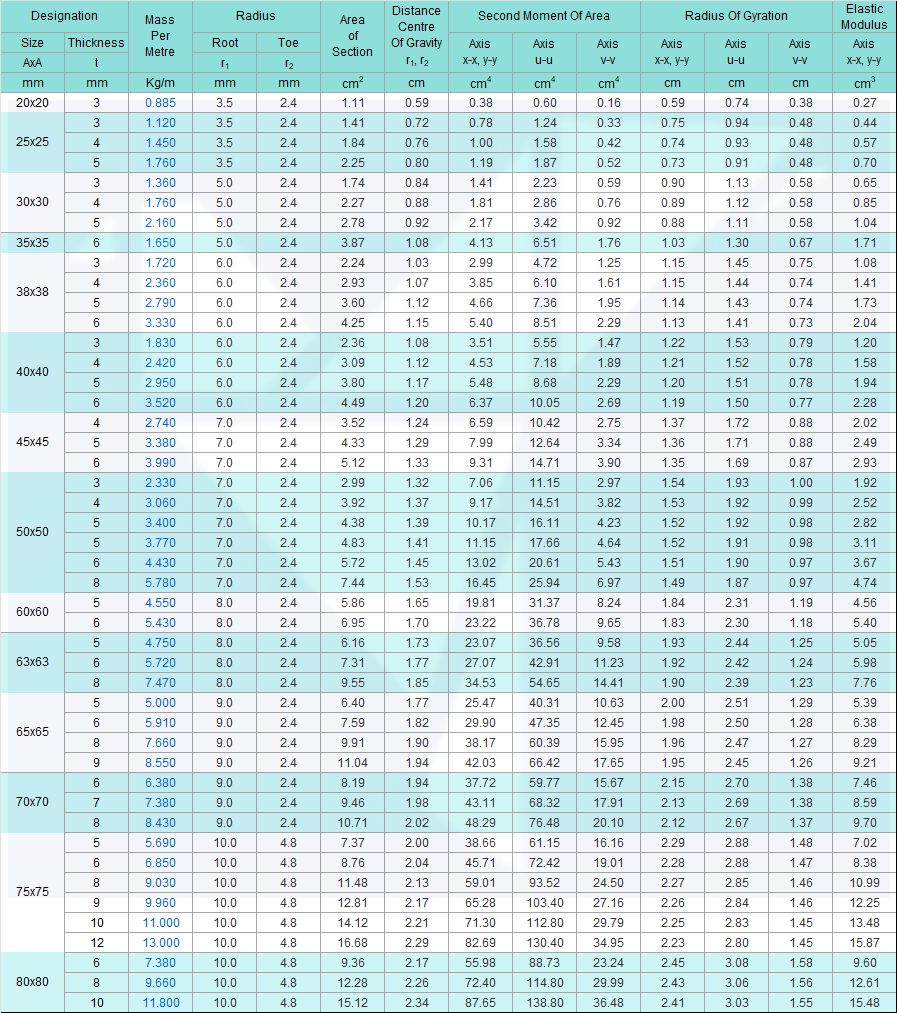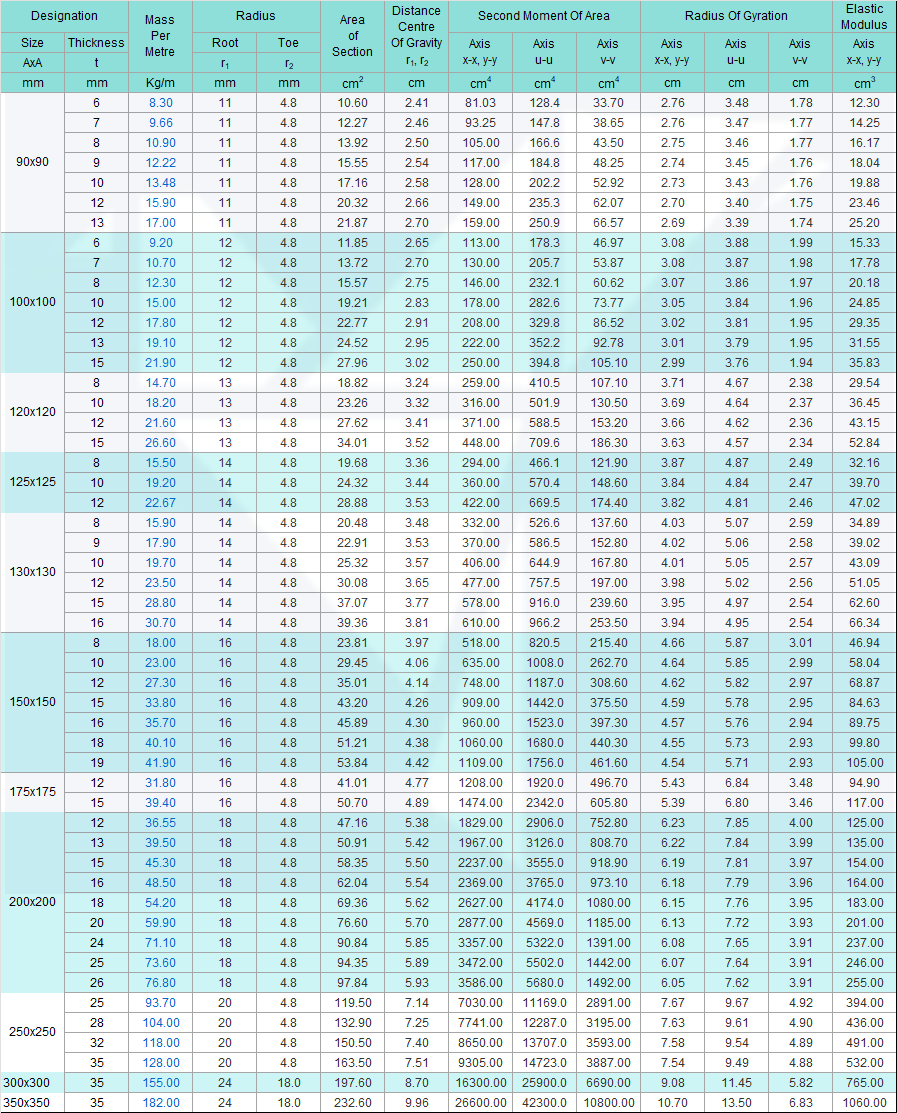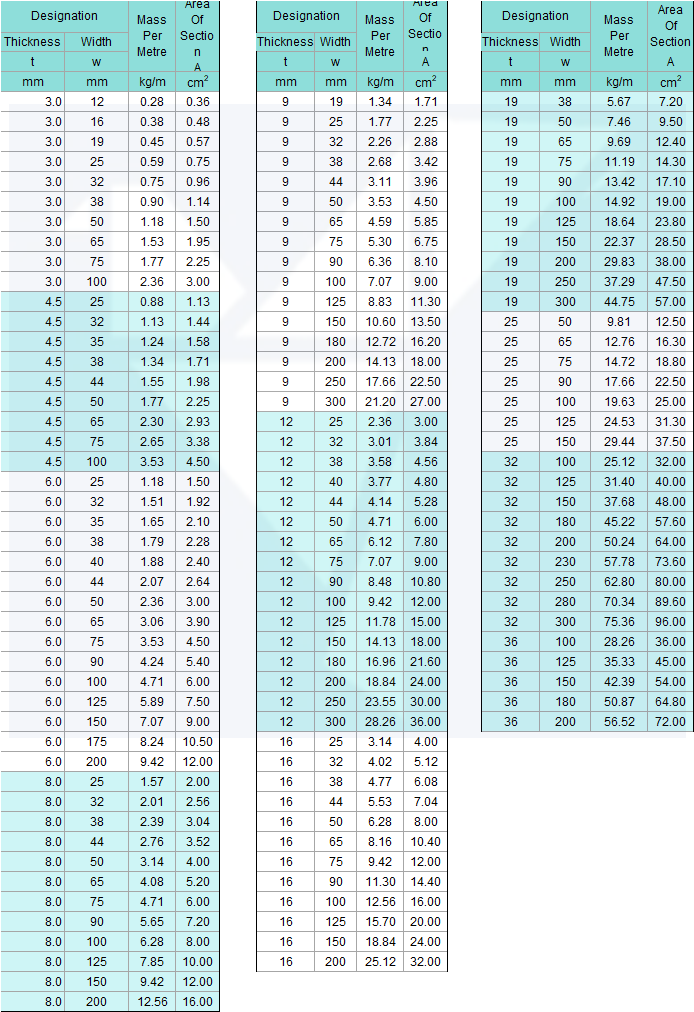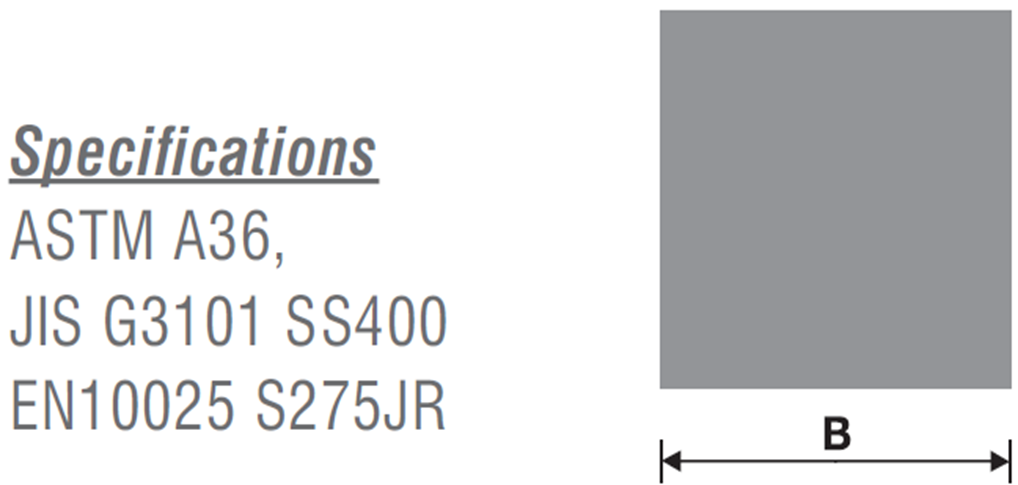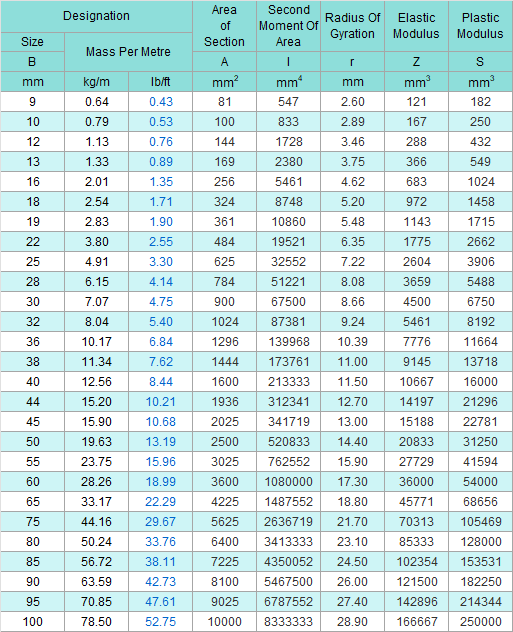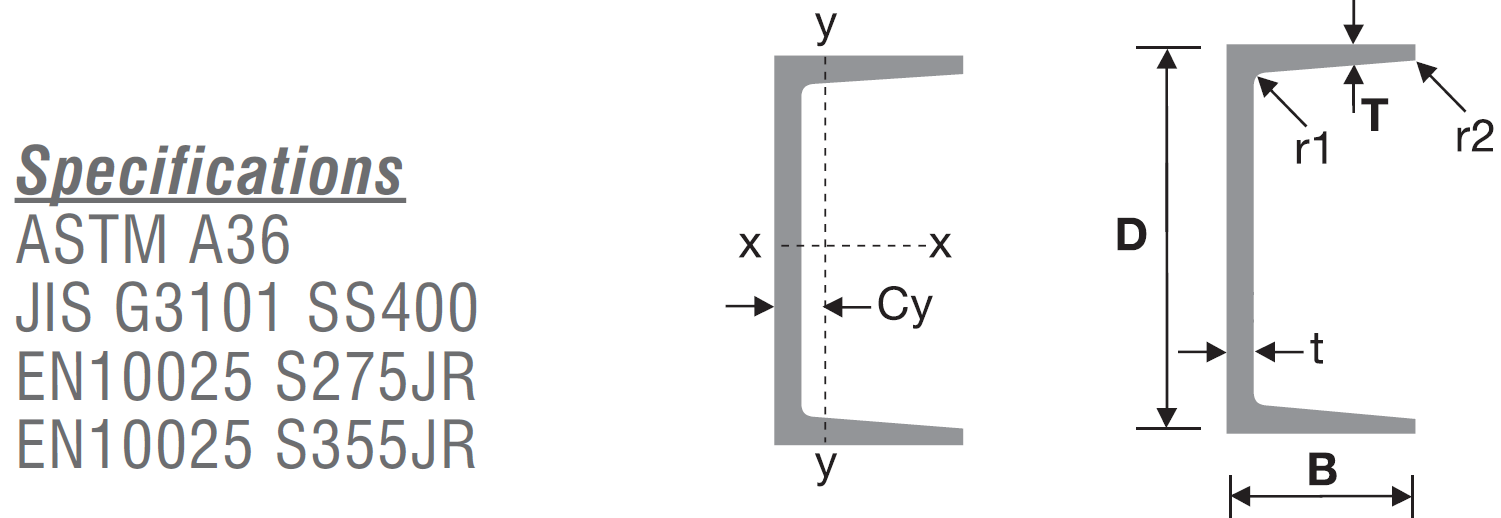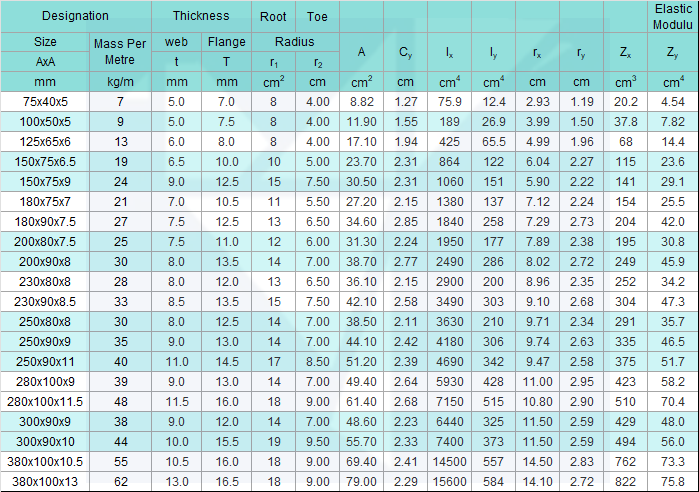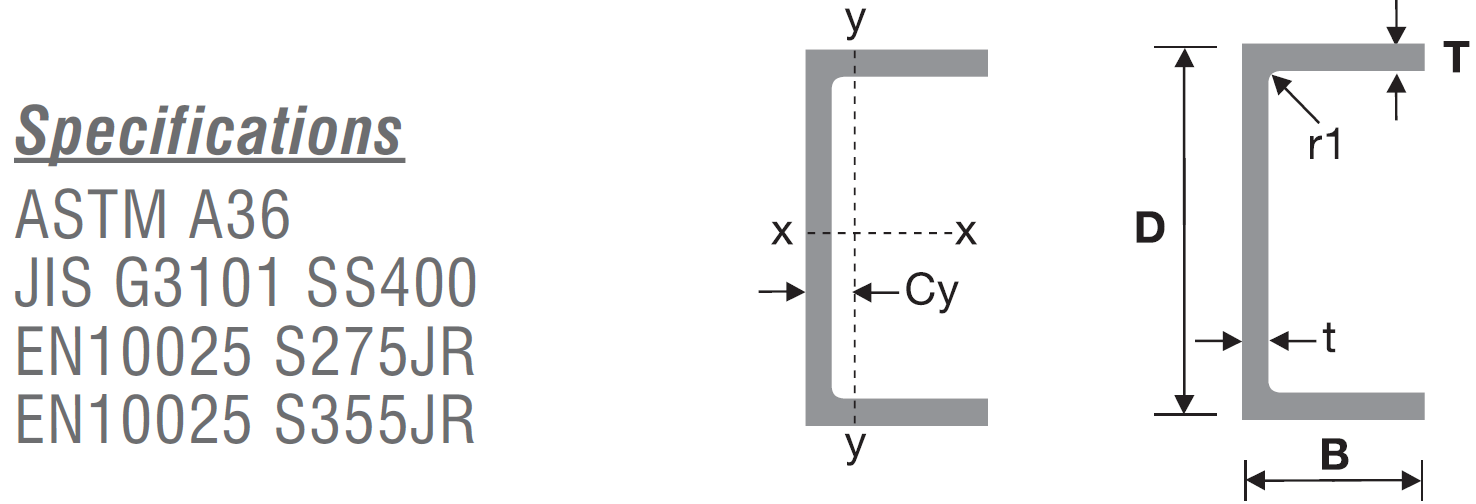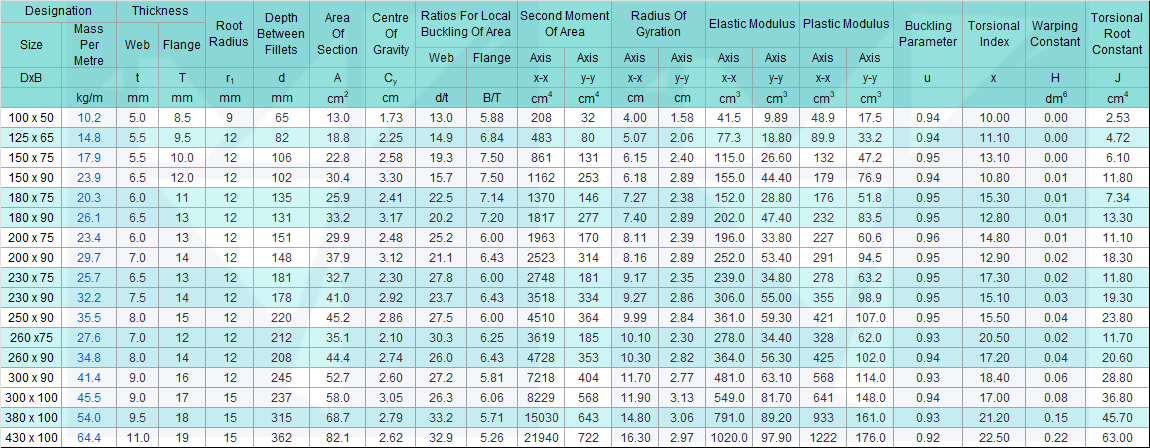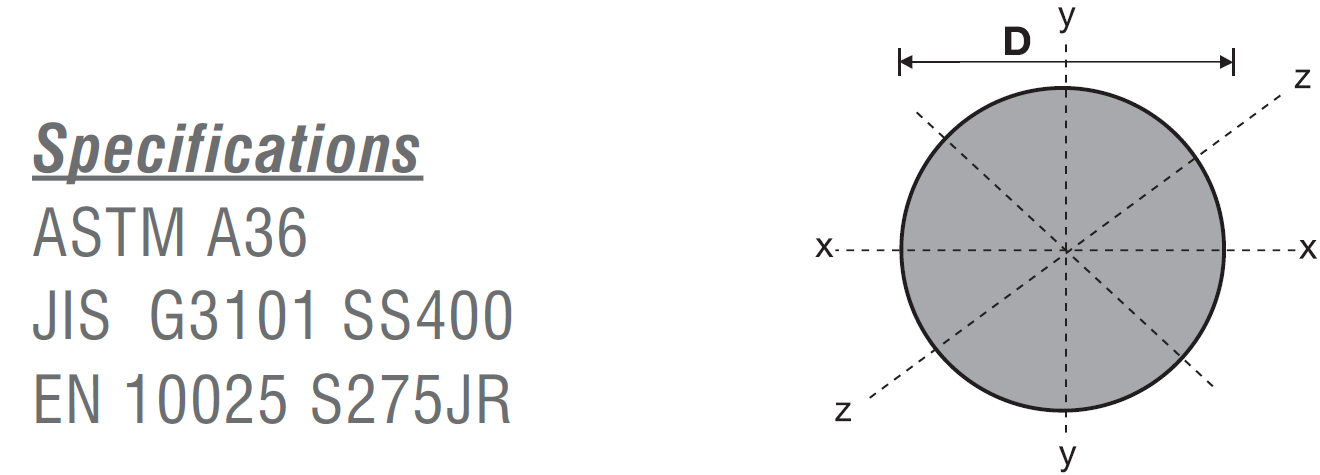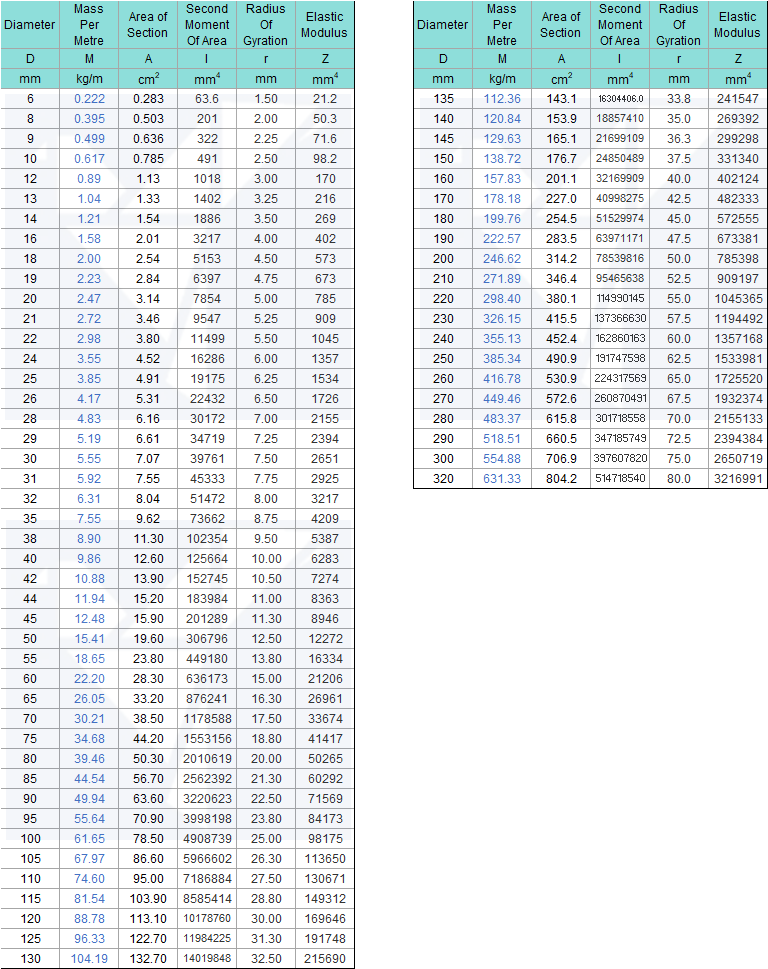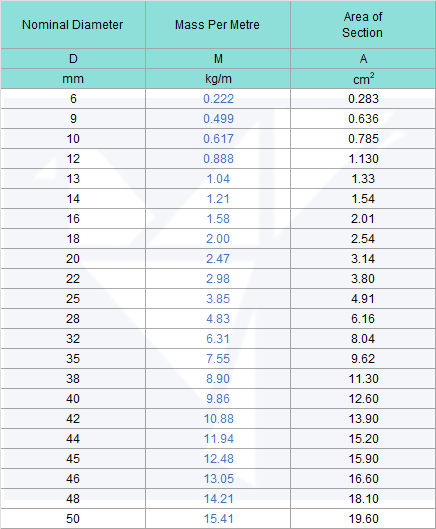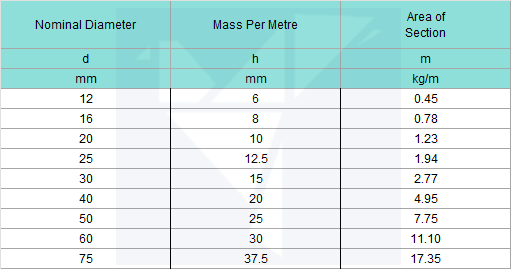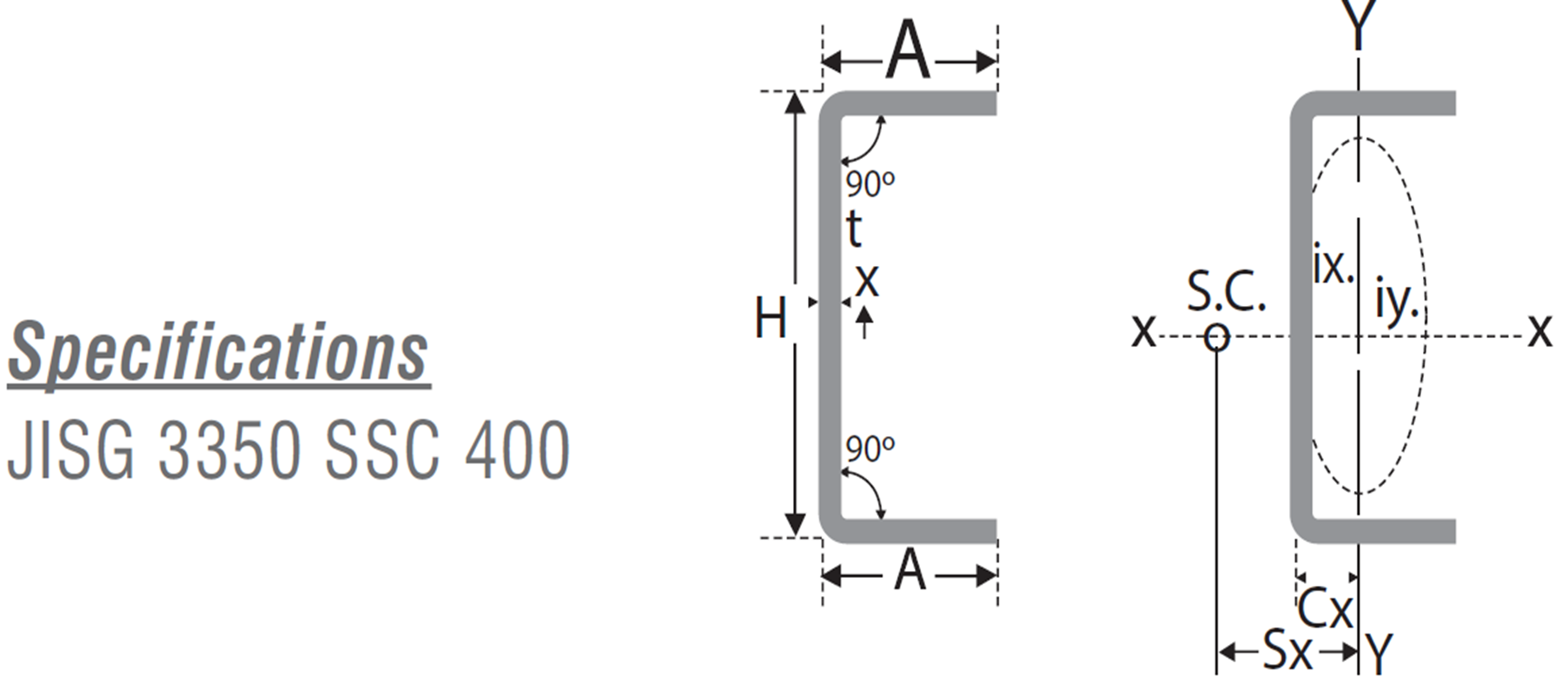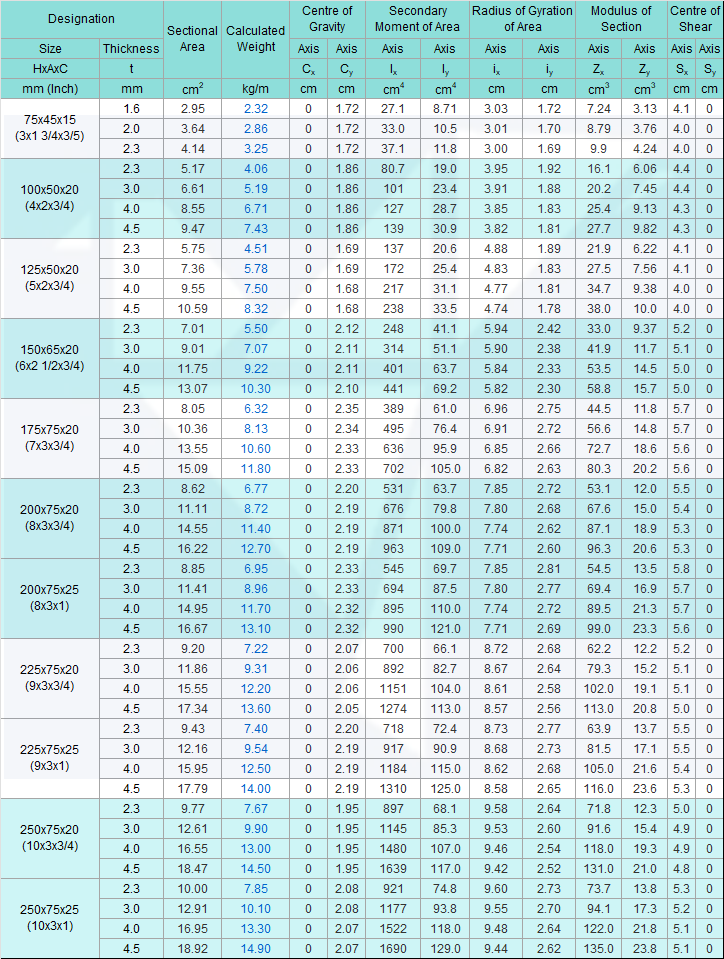STEEL BARS
INTRODUCTION
ANGLE BAR
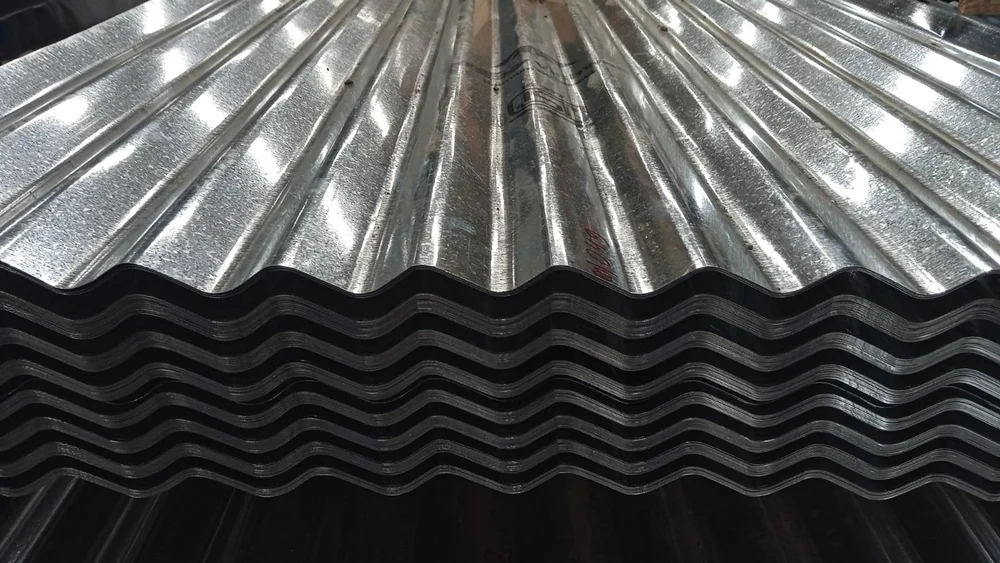
Angle carbon steel bar is a hot-rolled low carbon, low alloy steel that has been shaped into a 90 degree angle shape. It is available in a variety of sizes, making it ideal for structural applications, general fabrication, machining and repairs.
S275JR angle steel bar is one of the most widely used carbon steels by the construction industry. It is a low-cost material compared to specialty steels and exhibits the strength required for structural applications. In addition, it is weldable, formable, and machinable. Galvanizing the steel increases its corrosion-resistance.
APPLICATIONS
S275JR angle steel bar is used in a range of industrial applications, including:
• Machinery and equipment frames, braces and corners
• Transportation frames and corners
• Support frames that require welding, riveting or bolting on bridges and buildings
• General structural use in construction
Channel steel bar is a hot-rolled carbon steel channel shape. Constructed using a vertical web and top and bottom horizontal flanges with inside radius corners, it is available in a wide range of sizes and thicknesses. The shape provides superior structural support, making it an ideal product for frames and braces used for machinery, enclosure, vehicle, building and structural support applications. Channel steel bar is typically produced as follows:
• Tapered Flange
• Parallel Flange
• Lipped & Plain
CHANNEL BAR
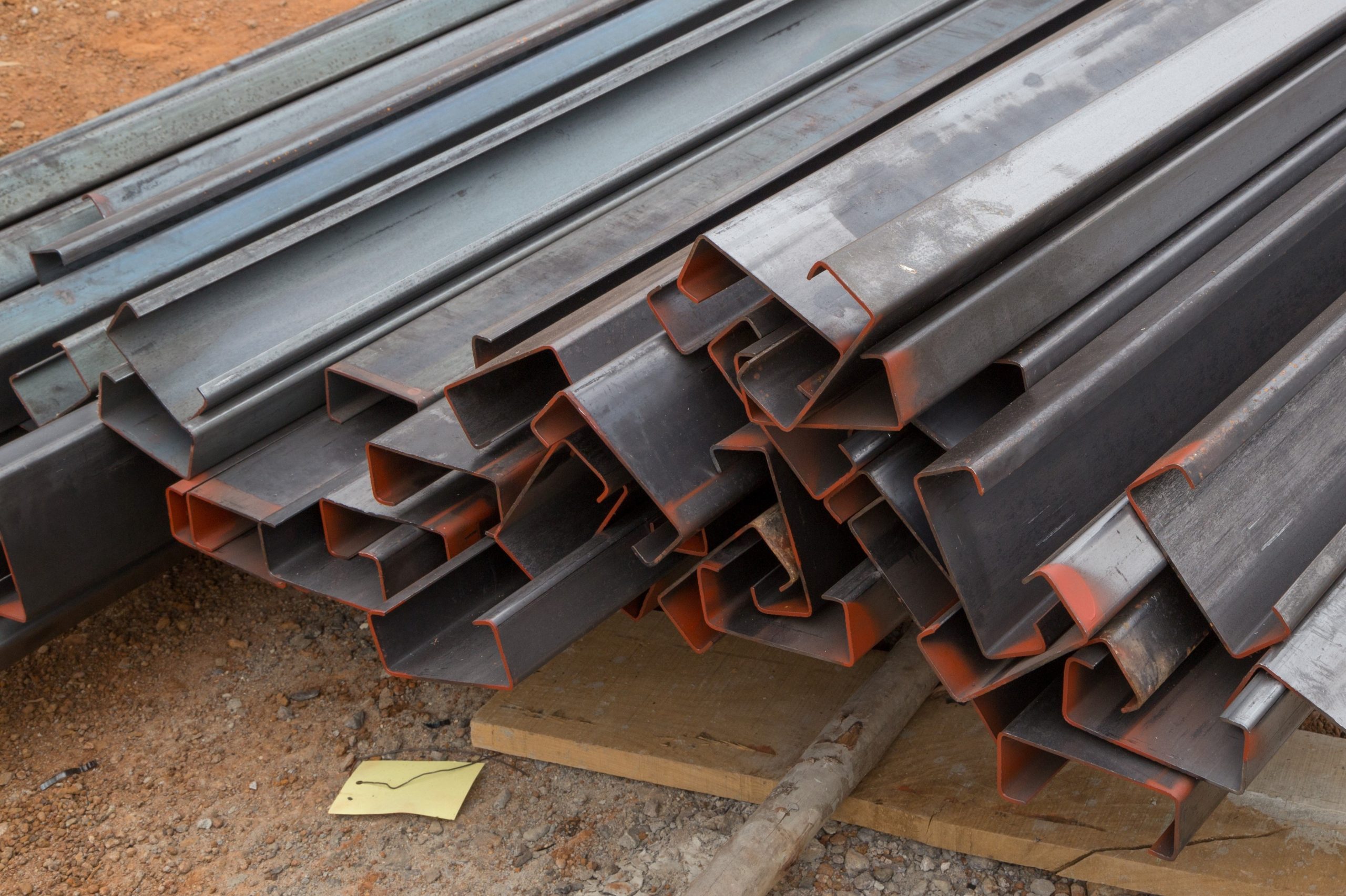
FLAT, ROUND, SQUARE, HALF ROUND BAR
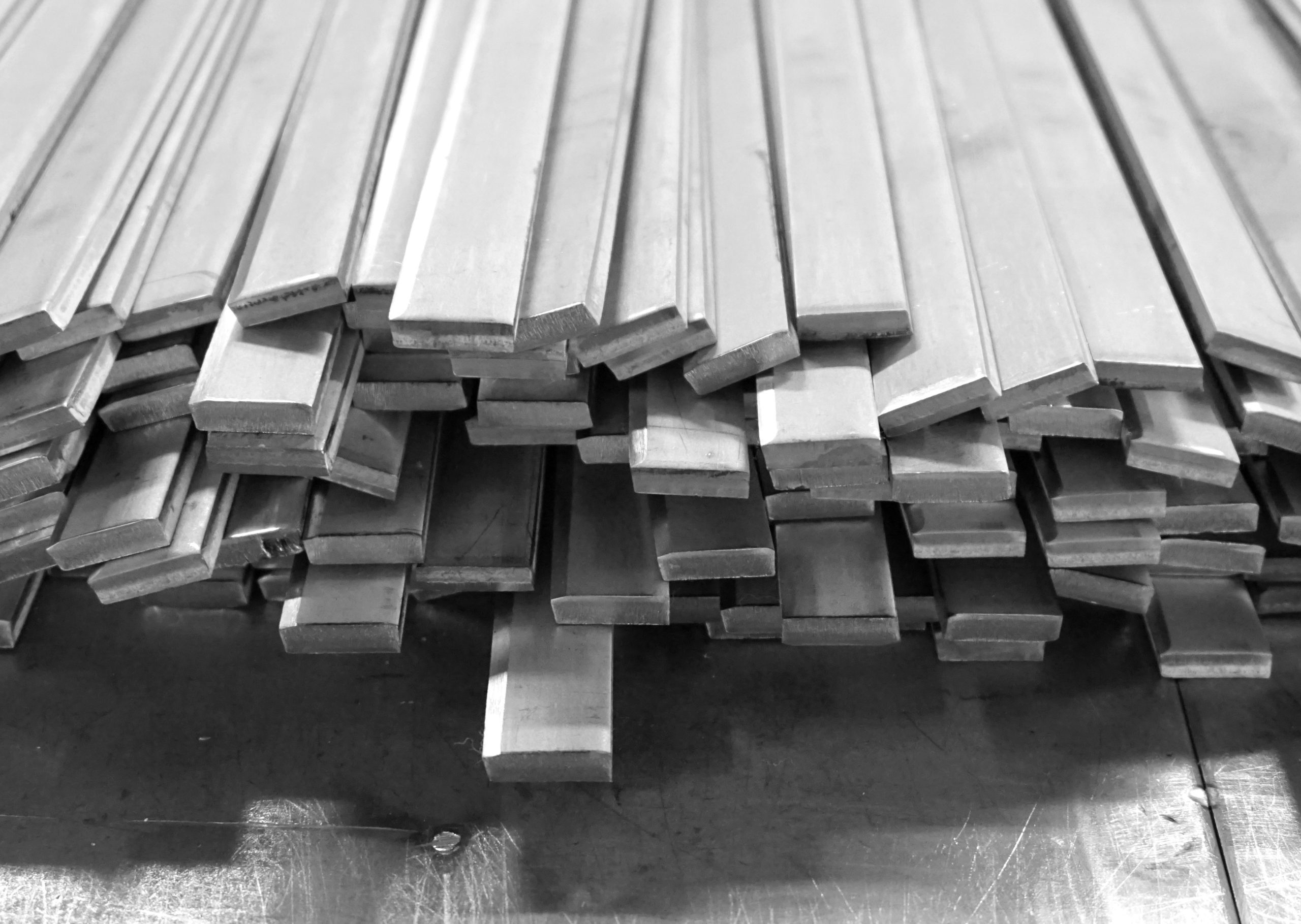
Hot Rolled Steel bar is widely used for all general fabrication and repairs in industrial maintenance, agricultural implements, transportation equipment, etc.
Steel bar is typically produced in four main shapes:
• Flat
• Round
• Square
• Half Round
Standard tECHNICAL Specification - bars
Notes :
1 ) The impact properties of steel qualities JR & JO are varified by laboratory testing only when specified at the time of the inquiry & order.
2) The Steel qualities JO & J2 can be produced upon request with extra cost
3) (N2) - Test piece No. 5
4) * - Total elongation at maximum force, Agt%
dimension tolerances
ANGLE STEEL BAR - EN10056-2:1993
Tolerance on Mass
The deviation from the nominal mass of any individual piece shall not exceed:
a) ± 6% for thickness for t ≤ 4mm or
b) ± 4% for thickness for t > 4mm or
The deviation from the nominal mass is the difference between the actual mass of the piece and the calculated mass. The calculated mass shall be determined using a density of 7850 kg/m3
Tolerance on Mass
The tolerance on ordered length shall be either:
a) ± 50mm; or
b) -0 / +100mm where minimum lengths are requested
ANGLE STEEL BAR - EQUAL
ANGLE STEEL BAR - UNEQUAL
NOTE: Available in Hot Rolled & Galvanized Material
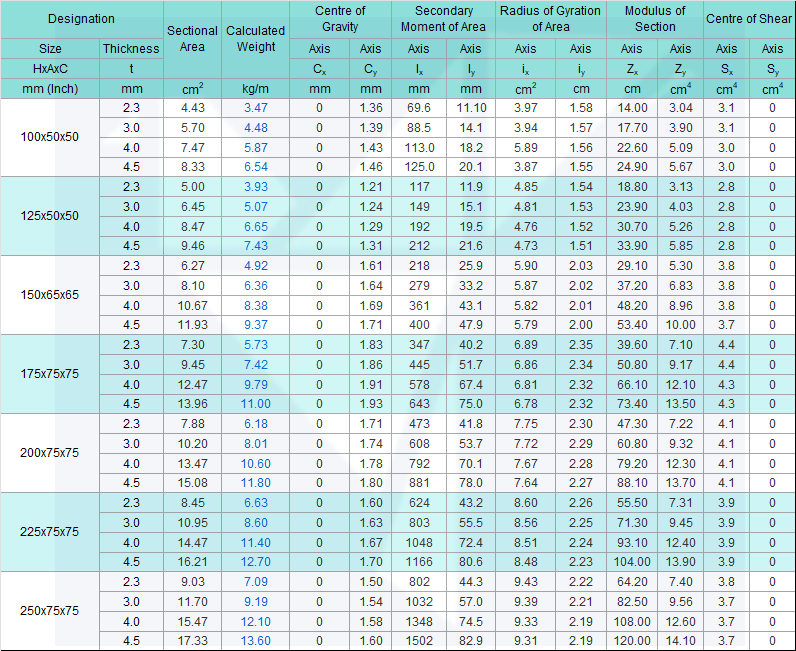
NOTE: Available in Hot Rolled & Galvanized Material
FAQ
Steel bars, also known as rebar or reinforcement steel, are long, solid metal rods typically made from carbon steel. They are used to reinforce concrete and masonry structures by providing tensile strength, which concrete alone cannot handle. Steel bars come in various sizes, shapes, and grades, including plain, deformed, and ribbed types. They are essential in construction projects, such as buildings, bridges, and highways, to improve structural integrity and prevent cracking and failure.
